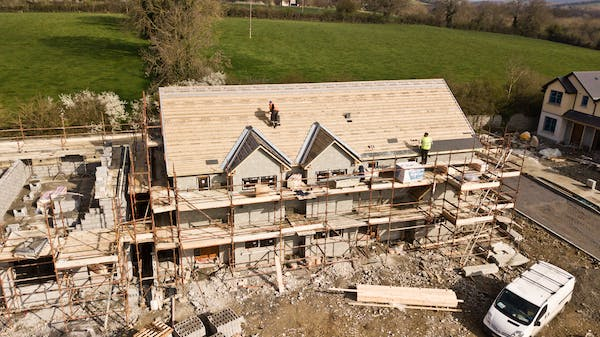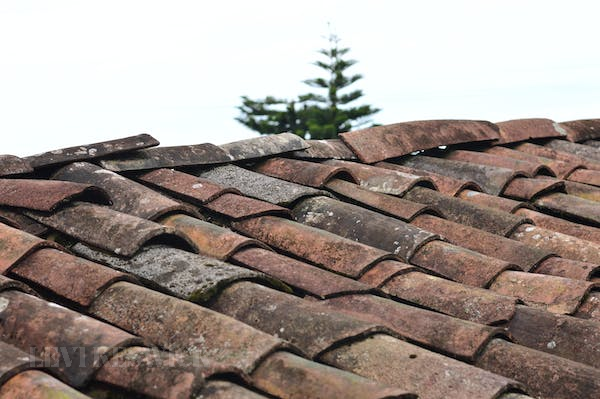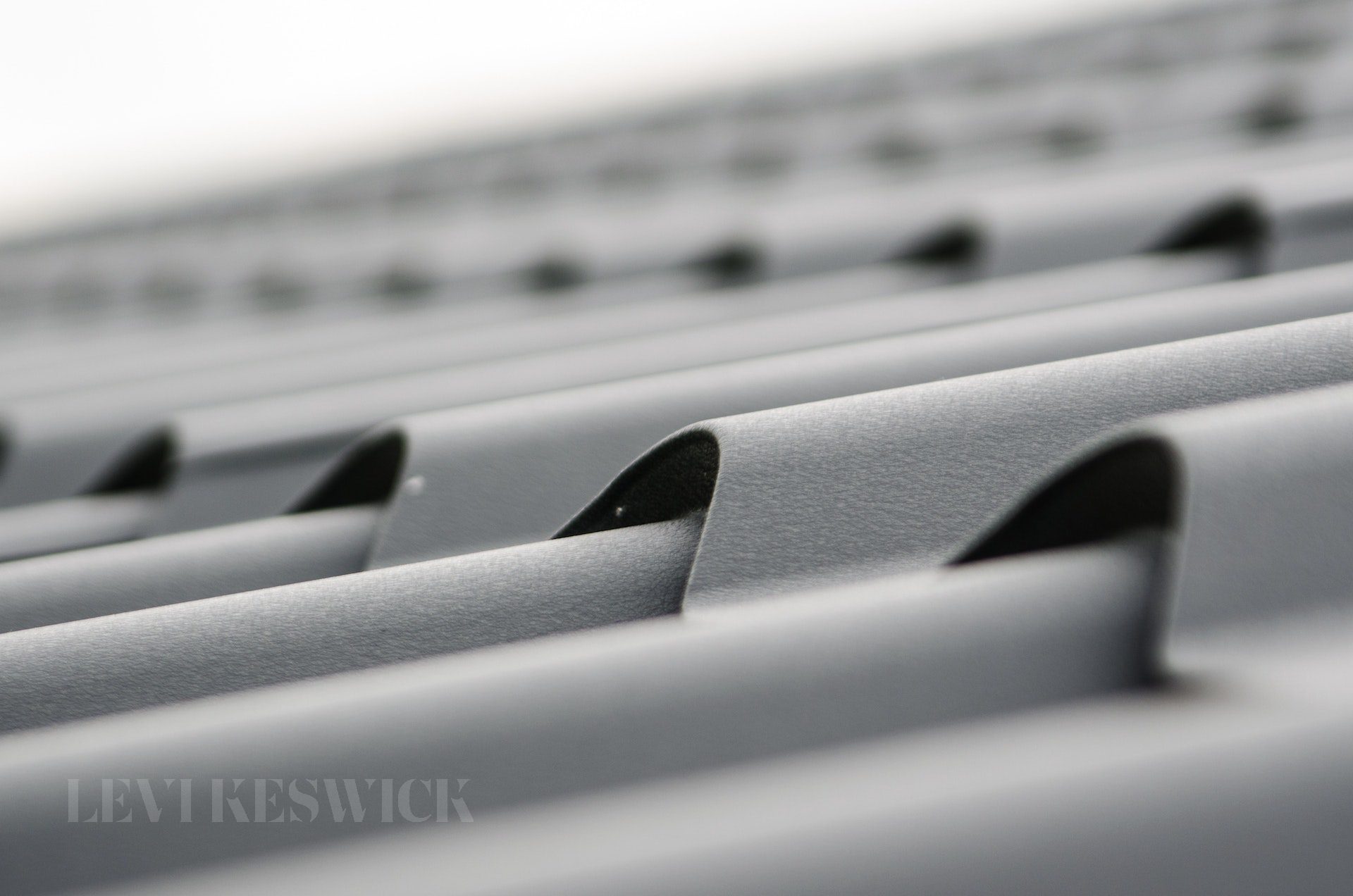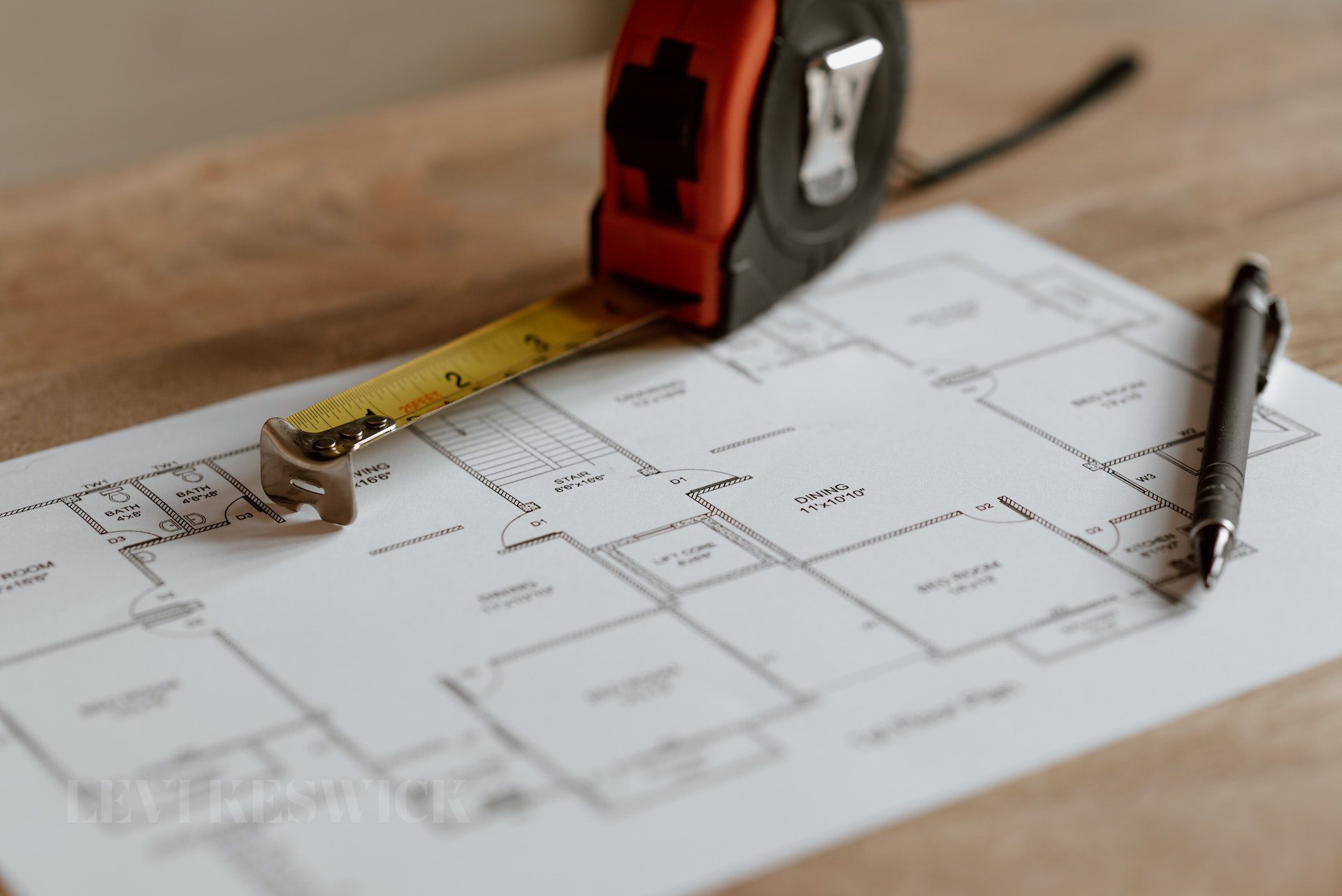Installing a new roof is a big job. It can be daunting to homeowners who have never done it before. This is because roofing materials can be heavy, and the process requires climbing onto a potentially high and steep structure. However, it doesn’t have to be scary with the right information. Installing a new roof can be a fun and rewarding project for any homeowner willing to take the time to learn about the process. Here are some practical tips for installing a new roof.

1. Hire a Professional Contractor
Homeowners considering installing a new roof should always hire a professional contractor. This is because roofing is a dangerous job that requires experience and expertise. A professional contractor will have the knowledge and tools to do the job safely and correctly. In addition, they will help you save thousands on roofing due to their professionalism. They can recommend the best materials for your specific roof and ensure that all materials are correctly installed. Most professionals provide a warranty on their work, ensuring that any potential issues will be covered.
2. Choose the Right Materials
When it comes to roofing, there are a lot of choices to make. You have to decide on the material, the color, and even the style of roof you want. But before you can do any of that, you need to figure out what kind of roof your house has.
There are three basic types of roofs: gabled, hip, and shed. A gabled roof is two sloping planes that come together at a ridge or peak in the center. A hip roof is four sloping planes that meet at a single point at the top. And a shed roof is one sloping plane extending beyond the house’s walls.
Once you know what type of roof you have, you can start looking for materials that will fit your needs. Here are some things to consider:
- Climate: If you live in a cold climate, you’ll need something to keep the heat in. If you live in a hot climate, you’ll need something that will keep the heat out
- Style: Your house’s style should be considered when choosing materials. For example, if your home has Victorian details, then select materials that match those details.
- Durability: How long do you want your roof to last? Asphalt shingles are more affordable, but they may need to be replaced every 20 years. Metal roofs can last upwards of 50 years
3. Understand the Building Codes and Regulations in Your Area
To install a new roof, it is important to understand your area’s building codes and regulations. Building codes are put into place to ensure that all construction projects meet specific safety standards, and violating them can result in fines or even jail time. Regulations vary from city to city, so you must familiarize yourself with the specific codes that apply to your area.
It is vital to obtain a copy of the codes and regulations in your area before starting any construction project, including installing a new roof. This will help ensure that your project meets all safety standards and will also help avoid any costly fines or legal troubles.
4. Prepare the Roof for Installation
Installing a new roof is a major project that should not be taken lightly. When preparing the roof for installation, removing any existing shingles or tiles is essential. This can be done using a roofing shovel and pry bar to lift and remove the old material carefully. Before beginning the installation process, it is also crucial to check for damaged or rotting wood. Before laying down the new materials, any weak spots should be reinforced with new plywood.

5. Follow Safety Precautions
Roofing can be a dangerous job, and it is essential to always follow safety precautions. Make sure that any ladders are on stable ground and securely set up. The proper footwear, such as rubber-soled shoes with good grip, can also help prevent slipping or falling off the roof.
It is also important to consider weather conditions before beginning any roofing work. Working in high winds or during a rainstorm can increase the likelihood of accidents, so it may be best to wait for calmer weather before starting the project.
6. Regularly Maintain Your New Roof
Once your new roof is installed, it is vital to regularly maintain it to keep it in good condition and prolong its lifespan. This includes removing debris like leaves or branches and checking for any damage or weak spots that may need to be repaired.
Regularly inspecting and maintaining your roof can also help prevent larger problems, saving you time and money in the long run.
Installing a new roof can be a daunting task, but proper planning and following safety precautions can be a successful project. Don’t forget to regularly maintain your new roof to keep it in good condition for years to come.












